by Shanee Simhoni – Staff writer – [email protected]
The UNC Asheville campus police department enacted a new policy at the beginning of this month requiring all officers to record investigations and suspicious situations with body worn cameras, resulting in mixed reactions from faculty and students.
“We want to be transparent as a police department. We don’t want to do things that lose your faith and confidence in us, and this is, I feel, an excellent way for the department to be transparent and to also provide that level of protection for the officers and the students and community members who interact with the police,” said Eric Boyce, the director of public safety at UNCA.

cameras provide additional ways to monitor students and record crime. Photo by Ricky Emmons.
The new policy of body worn video cameras, effective Feb. 4, requires officers to record suspicious situations, investigations of incidents, traffic stops and any interactions that supply evidentiary value to an investigation, according to the official policy and procedure of body worn video cameras.
“I can see why police officers would want to have a camera, to make sure the validity of what they say and what others say. It kind of helps with making the encounter more objective,” said Kenneth Betsalel, a political science professor at UNCA.
These small, portable cameras, attached either on the clothing of the officer or on a fixture worn on the head, provide an effective perspective on suspicious situations, Boyce said.
“Although I do support an overall safer campus, I do not believe that it is necessary to film students,” said Morgan Lambert, a sophomore at UNCA. “It could have use if the campus police force promises not to abuse this new technology. Real crimes that are recorded can be acted upon more efficiently.”
In addition to providing a more versatile perspective, the body worn cameras are significantly more economical, costing $8,480 total including accessories and mounts. The previously used dash-mounted cameras cost $13,545 in 2009, said Boyce, the chief of the UNCA campus police department for about two and a half years.
“In the regular Chevrolet Impalas was a video camera, what we call a dash-mounted video camera. Those dash-mounted video cameras are extremely expensive to get the product and then get the installation,” Boyce said. “Some of the limitations are that they only record what’s in front of the vehicle.”
The new body worn camera systems record only when the officer thinks the situation requires it. When not recording, the camera either buffers every 30 seconds, which allows for the filing of a visual pre-event during the last buffer period in case the officer sets the camera to record after important events already occurred, or the officer can completely shut the camera off, Boyce said.
“The evidentiary value of it is very good. If the officers are responding to calls, if they’re interacting with the public, it protects, and those body worn cameras actually protect both the officer and the students in public that we’re interacting with,” said Boyce, a resident of Fletcher.
The policy and procedures of the body worn video cameras does not require officers to inform subjects when the officer decides to record them; however, the officer must disclose that information if asked.
“I see it as rather unethical to carry out this policy without clearly advising those it directly affects, the students,” said Lambert, a transfer student from Marymount Manhattan College in New York.
Although the new policy carries good intentions, any form of abuse has the potential to violate the idea of a free democracy, Lambert said.
“It can create, unless people really understand what’s going on, a kind of Big Brother feeling, that we’re being watched or being surveyed,” said Betsalel, a professor at UNCA for more than 20 years. “I’m not saying that it is being used for surveillance, I’m saying it has that potential.”
The introduction of new technology, especially in law enforcement, often brings conflict in determining legal parameters of the technology’s uses and misuses. As a tool, a body worn video camera that can be turned on and off at the officer’s discretion can be used and abused, said Betsalel, who specializes in the origins of democracy, American political thought and civil engagement.
“These are overtly-worn,” Boyce said. “What they’re doing is they’re being transparent, and if there was an issue that came up, departments don’t get into the he-said, she-said type situation. They go back and look at the video footage and they’re able to take action based on what they actually see on the camera system.”

At the end of every shift, officers place the cameras on a docking station, where the recorded material uploads onto software called Evidence.com, which securely stores digital information. Officers do not review the recordings of their cameras after the shift, Boyce said.
“I’m not suggesting anything dishonorable here, but I do feel that citizens, students and others feel that there are more ways in which government knows more and more about us, in situations that are new to us,” said Betsalel. “Undoubtedly, situations like this will, if not at UNCA, at some campus somewhere, will result in some kind of litigation at some point in the future, I would imagine.”
Misuse, intentional obstruction, destruction or alteration of the system and its recorded material results in disciplinary action, Boyce said.
“It’s not like we’re mounting secret cameras. We just want to be able to record and document, provide for court, video evidence and audio evidence,” Boyce said. “I haven’t found that departments who have deployed these body worn cameras have had issues with that. What I have found is that there is a level of comfort among the citizens in that agency’s jurisdiction.”
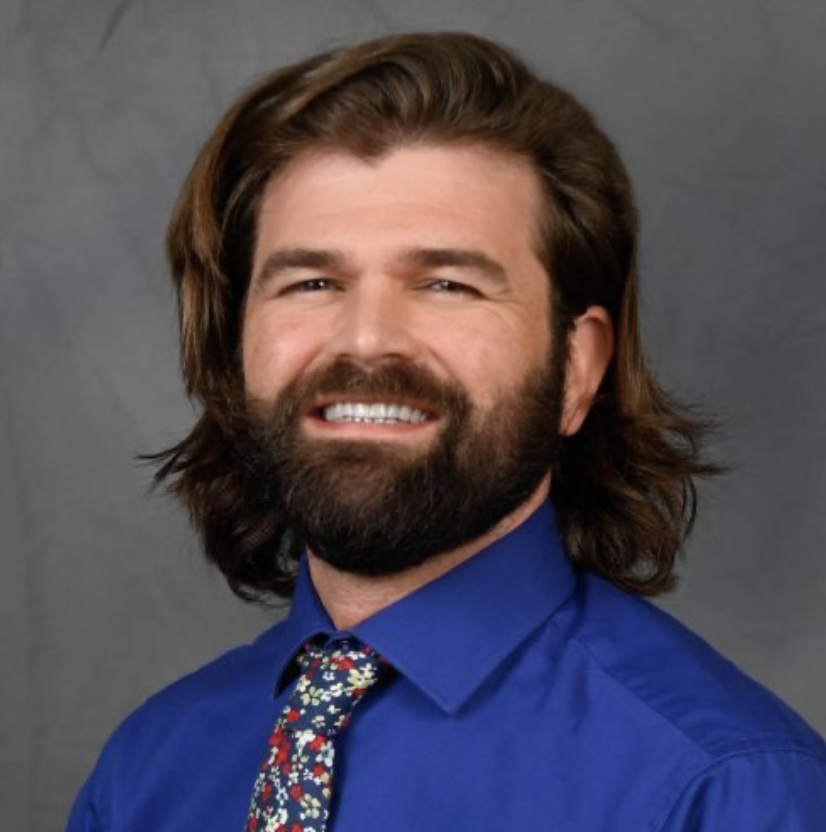


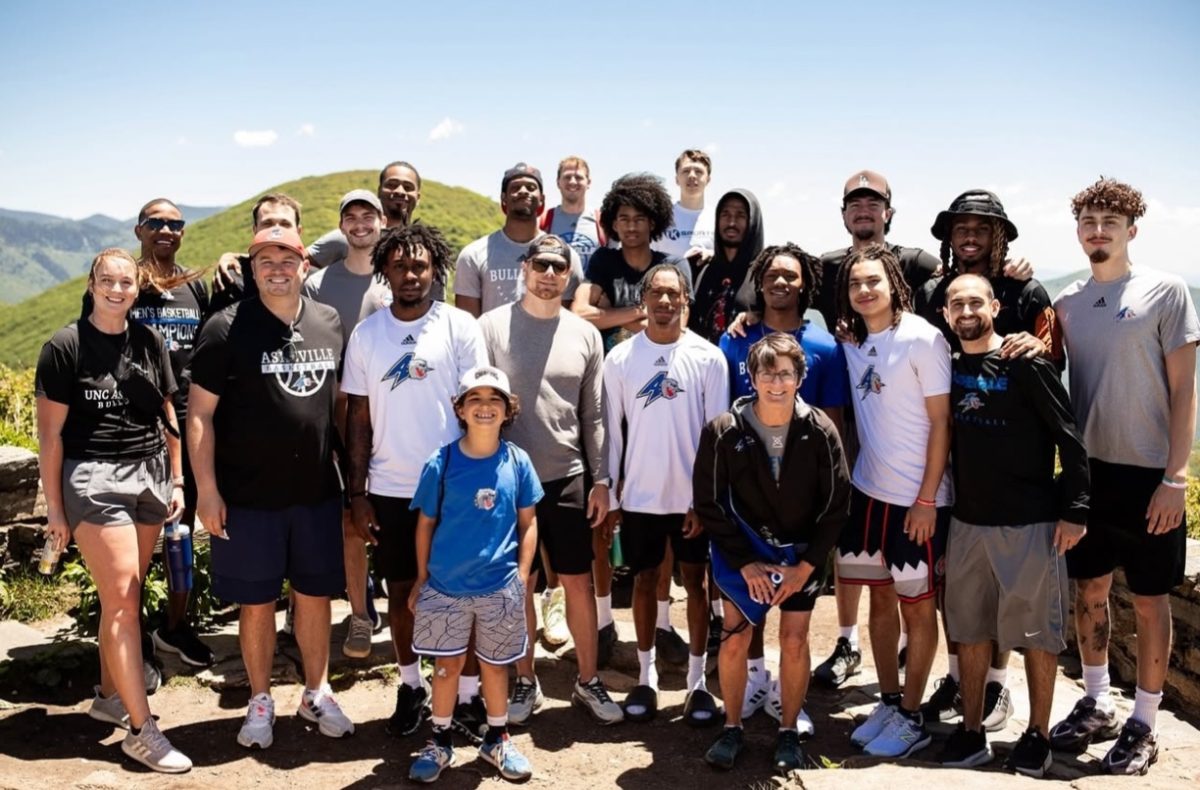
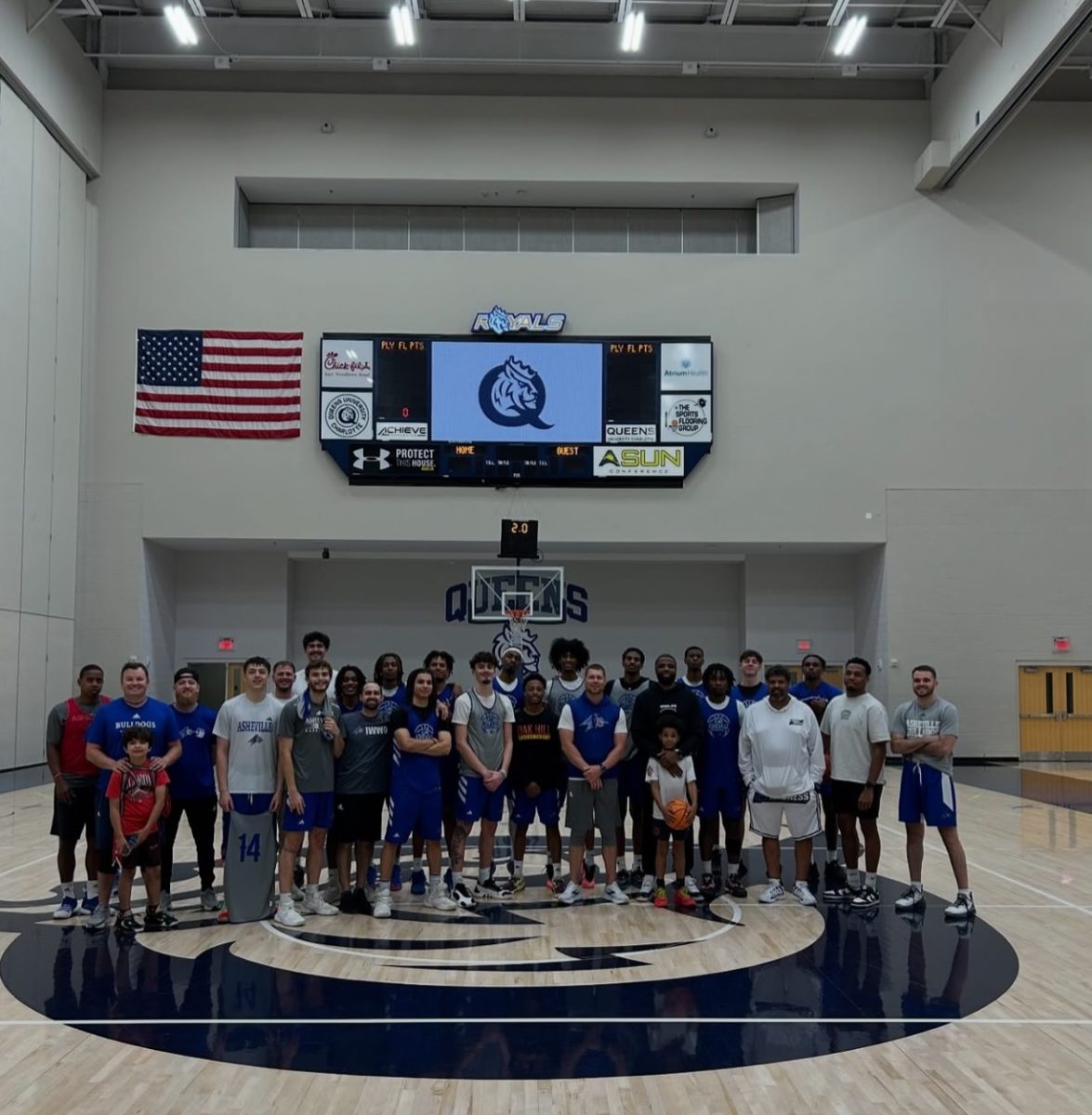

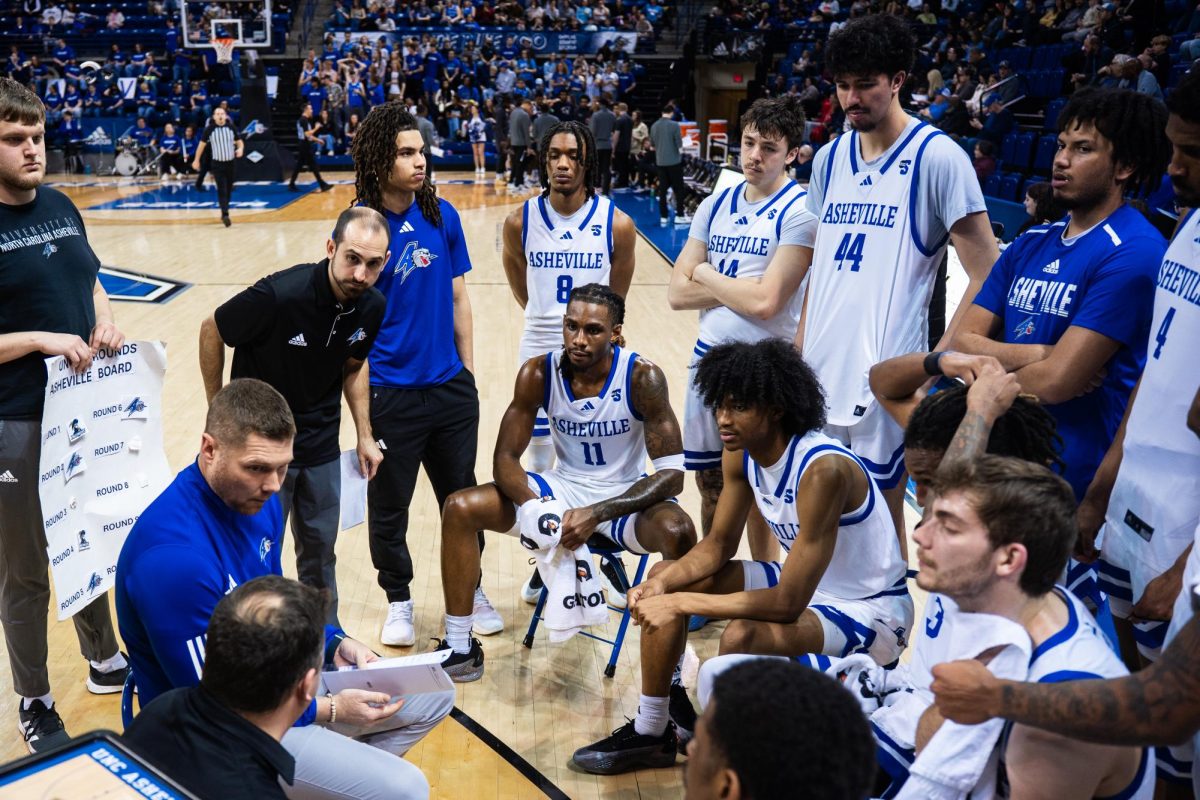




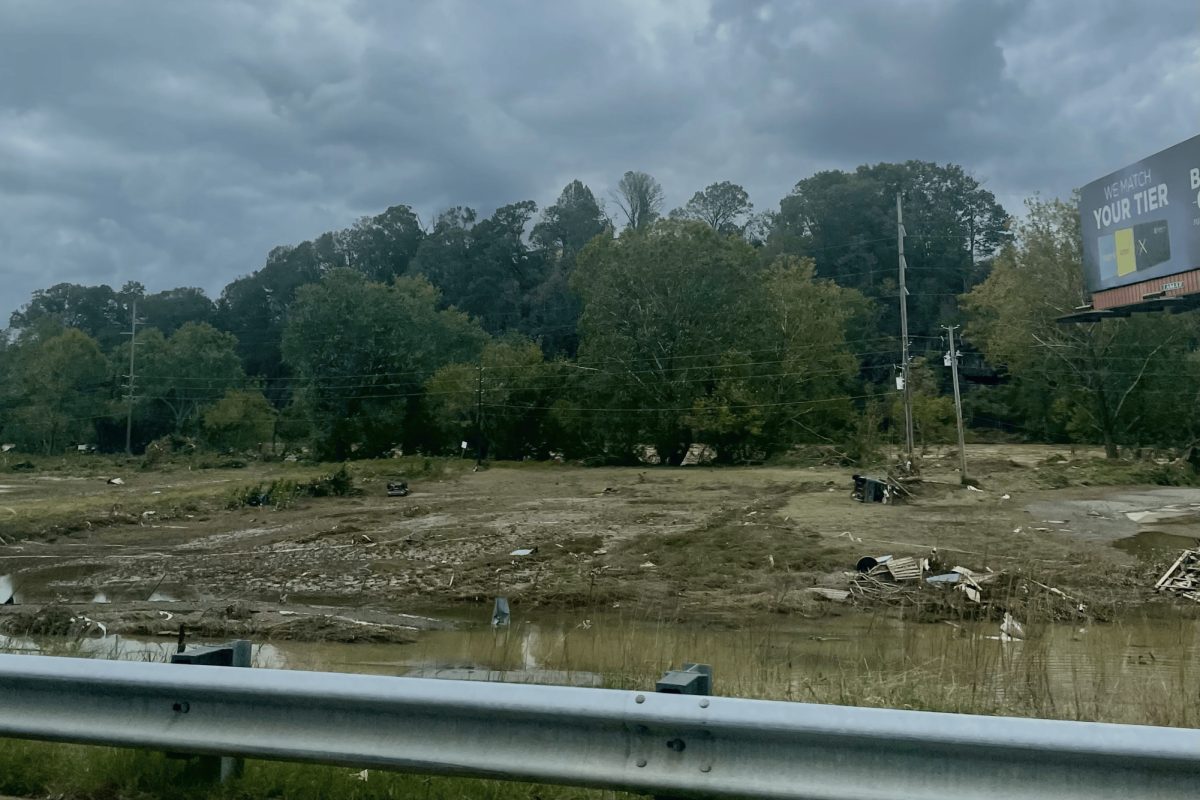
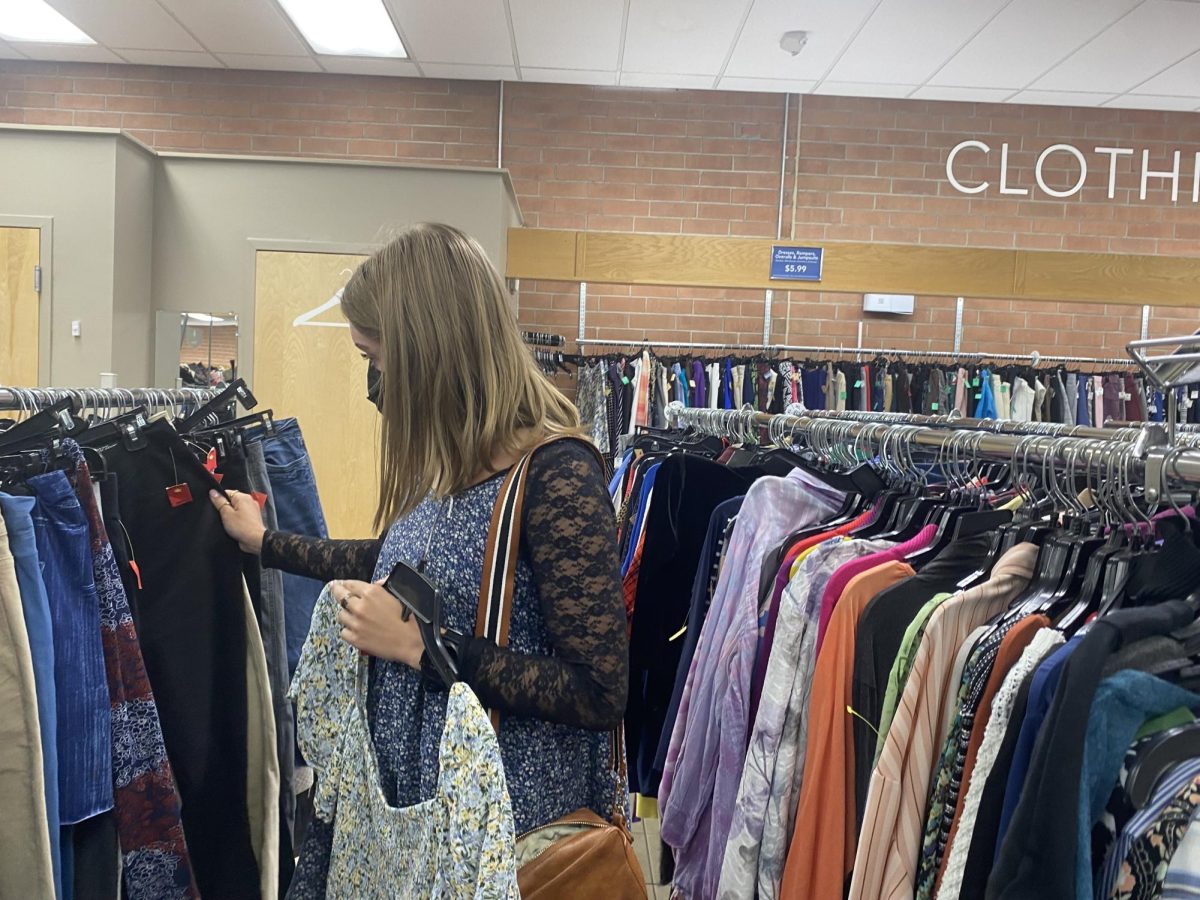
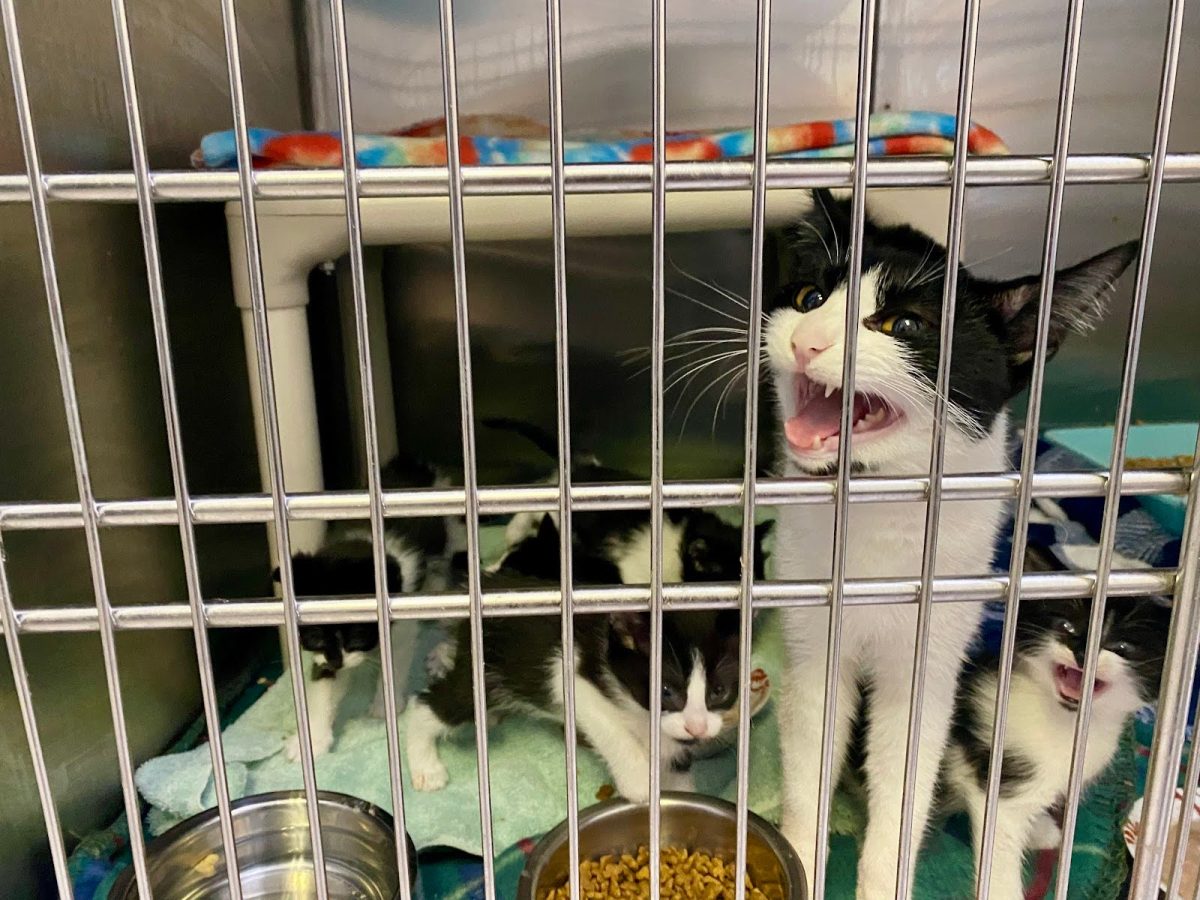
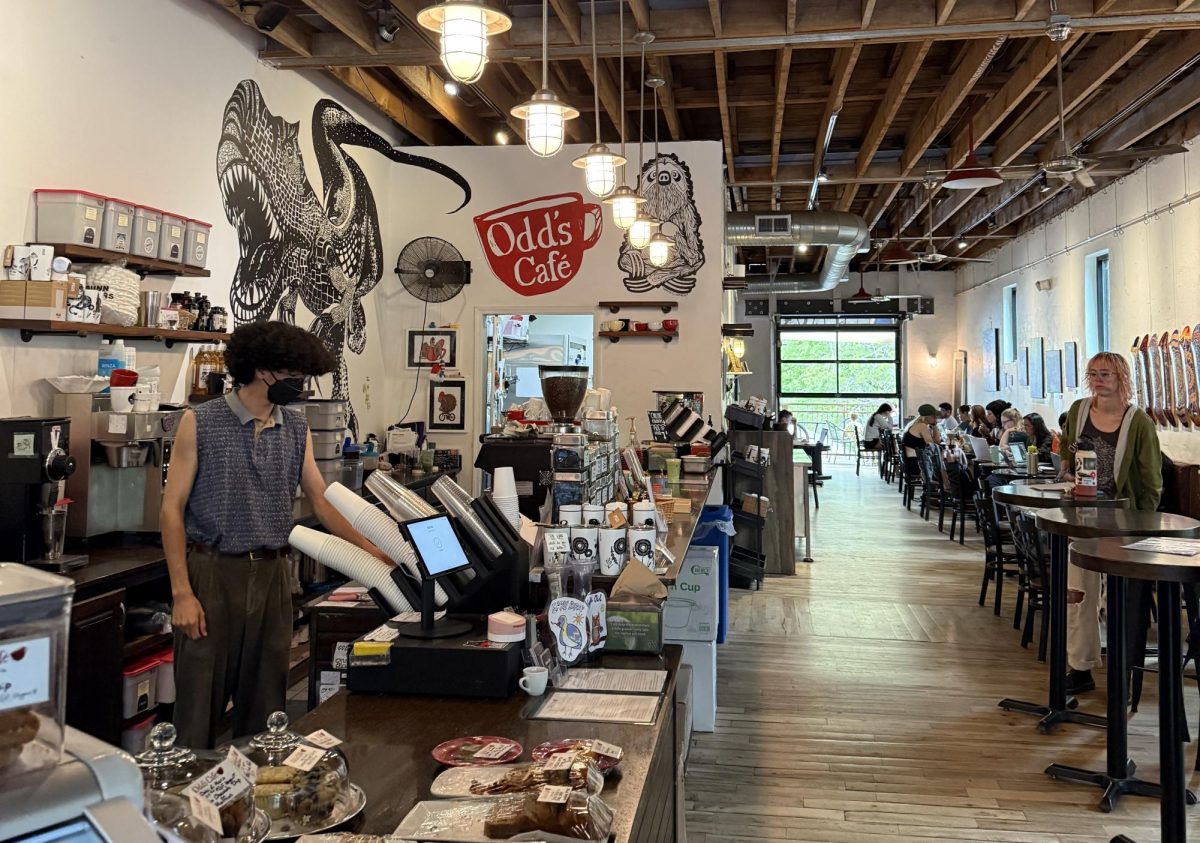



Richard East • Feb 25, 2013 at 2:10 pm
Body Worn Videos (BWVs) , like the dash-cams that preceded them, improve officer safety, accountability, public trust, and criminal offender conviction rates.
The National Police Accountability Project, a plaintiffs’ attorneys organization to combat police misconduct, has on its website this Univ of Pittsburgh Law School report strongly supporting Body Worn Videos for police officers: http://www.nlg-npap.org/system/files/Harris-Video.pdf
Other reports on BWVs include one published by the Dept. of Justice:
https://www.justnet.org/pdf/00-Body-Worn-Cameras-508.pdf
and another by the Univ of Central Florida (website address is too long to include here, but can be easily found on the web).
I challenge anyone to provide reputable reports, studies or journal articles that take the position that BWVs are not a benefit to both police officers and to the public they serve.
Lorie • Feb 24, 2013 at 2:37 am
Has anyone asked the police officers how they feel about wearing a camera? The chief sounds very positive about it, but he probably doesn’t wear one.
Mike • Feb 22, 2013 at 4:33 am
I used to work for this agency. I quit after three months. The place is a complete joke. Contact me if you want some real dirt on this place
Jame Goodall • Mar 28, 2013 at 9:42 pm
Yeah, I would like to know as well… I had a terrible time when the police searched through all of my things. There is obviously some things that need to be changed here on campus.
Donnie Blipster • Feb 21, 2013 at 3:56 am
AIN’T NOBODY GOT TIME FOR THAT
Mason • Feb 21, 2013 at 12:19 am
good for you, julie
Taylor • Feb 20, 2013 at 9:13 pm
This is just ridiculous. Where was this when I got my parking ticket? I DEMAND ADMONITION.
Julie • Feb 20, 2013 at 8:47 pm
Thanks, Jesus.
Well, at least we know they have the cameras. We could be totally unaware… And, I’m a little perturbed by all the negative comments about the police. If you’re not doing anything illegal, then why should you be so annoyed by their presence?… They’re here for a reason, and that’s to keep things safe and orderly. Also… think about all the other things you’re paying for as students.
Jesus • Feb 20, 2013 at 8:23 pm
I go to UNCA and think that we should all just live in peace together.
Chad Nesbitt • Feb 20, 2013 at 8:09 pm
This is nonsense. I chair a community watch program in Leicester and work closely with police officers. I can see using this type of camera system for a SWAT team during a raid but not for campus police or patrol officers. Dash cams are already in police cars. Cameras are all over UNCA. I guess UNCA will have drones peeking into dorm room windows next. At some point the “1984” madness needs to stop. College kids need to learn and have fun. Its college! Not Guantanamo!
Rich • Mar 3, 2013 at 1:11 pm
Chad: You imply your being on a community watch program “work(ing) closely with police officers” makes your opinion more valid, or worse, seem to imply it is shared by those officers. Now that would be nonsense; don’t try to give them a voice, they can speak for themselves.
Your support for the use of BWVs only during a “SWAT team raid” but not for “patrol officers” is undermined first by line of duty death statistics, and second by your misunderstanding of the main value of the BWV.
Of the 72 police officers killed in the line of duty in 2011, more were killed during traffic stops (11) than were killed during tactical situations such as a high-risk entry (9); only slightly more than were killed answering disturbance calls (7). See the FBI statistics on Law Enforcement Officers Killed and Assaulted here: http://www.fbi.gov/about-us/cjis/ucr/leoka/2011
And though BWVs improve officer safety, their main value is evidentiary; wearing one provides that value to any officer on any force, municipal or campus, at any place and at any time.
Gabriel. • Feb 20, 2013 at 7:52 pm
I’d be willing to let them have cameras if that means they’ll stop carrying firearms. I find it very difficult to trust people with guns; those things hurt people.
Elliott W • Feb 22, 2013 at 6:19 pm
I find it difficult to trust the judgement of people who can’t see past their own fears..
Nathan • Feb 20, 2013 at 7:08 pm
They crossed the line with the ATV and the million and a half security cameras. Is anyone shocked that this is just the next level of the hyper-present police force on this campus? You’re WASTING MONEY.
Brittany • Feb 20, 2013 at 6:30 pm
“The policy and procedures of the body worn video cameras does not require officers to inform subjects when the officer decides to record them; however, the officer must disclose that information if asked.” I feel like this is important information for people to know. I don’t like the fact that it could start and stop at the officer’s discretion. I think the person being monitored has a right to know. Also, I agree with Colette though in the fact that it is costing the students money could go to other things. It seems a little unnecessary. This is already a really safe campus. On the other hand, I see it as a good way to keep the police in check as well. Students aren’t the only ones being recorded.
Colette • Feb 20, 2013 at 5:36 pm
We live in a police state. This isn’t going to protect any students or faculty any more than we already are. The police on campus have been getting more and more expensive equipment (cars, ATVS, etc) and students pay the bill.
Jim • Feb 20, 2013 at 7:49 pm
I think saying we live in a police state is an insult to people who actually live in a police state.
Elliott W • Feb 22, 2013 at 6:17 pm
Historically this has been a two-edged sword. However having a record of what was actually said keeps everyone honest. There have been many videos of cops acting badly, that evidence was used to either censure them or charge them with crimes. Sometimes when a citizen makes a complaint the video shows them to be lying. Having the evidence helps everyone here.
While I dislike having security cameras everywhere this is really no different than a dashcam.
You should record them yourselves just so they can’t accidently lose the video, oops.